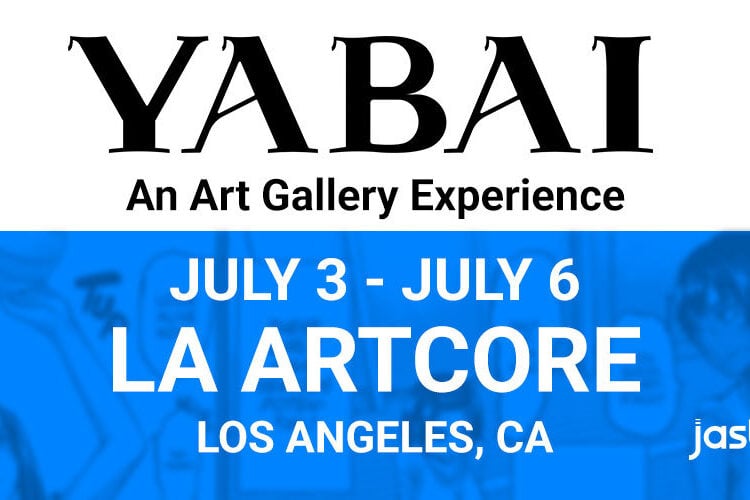Yesterday news broke that four major manga publishers were going to sue website caching company Cloudflare for supporting manga piracy. The four publishers are Kodansha, Shueisha, Shogakukan and Kadokawa, and will be seeking $3.5 million in damages. Will this finally mark the end of free manga websites? Let’s find out!
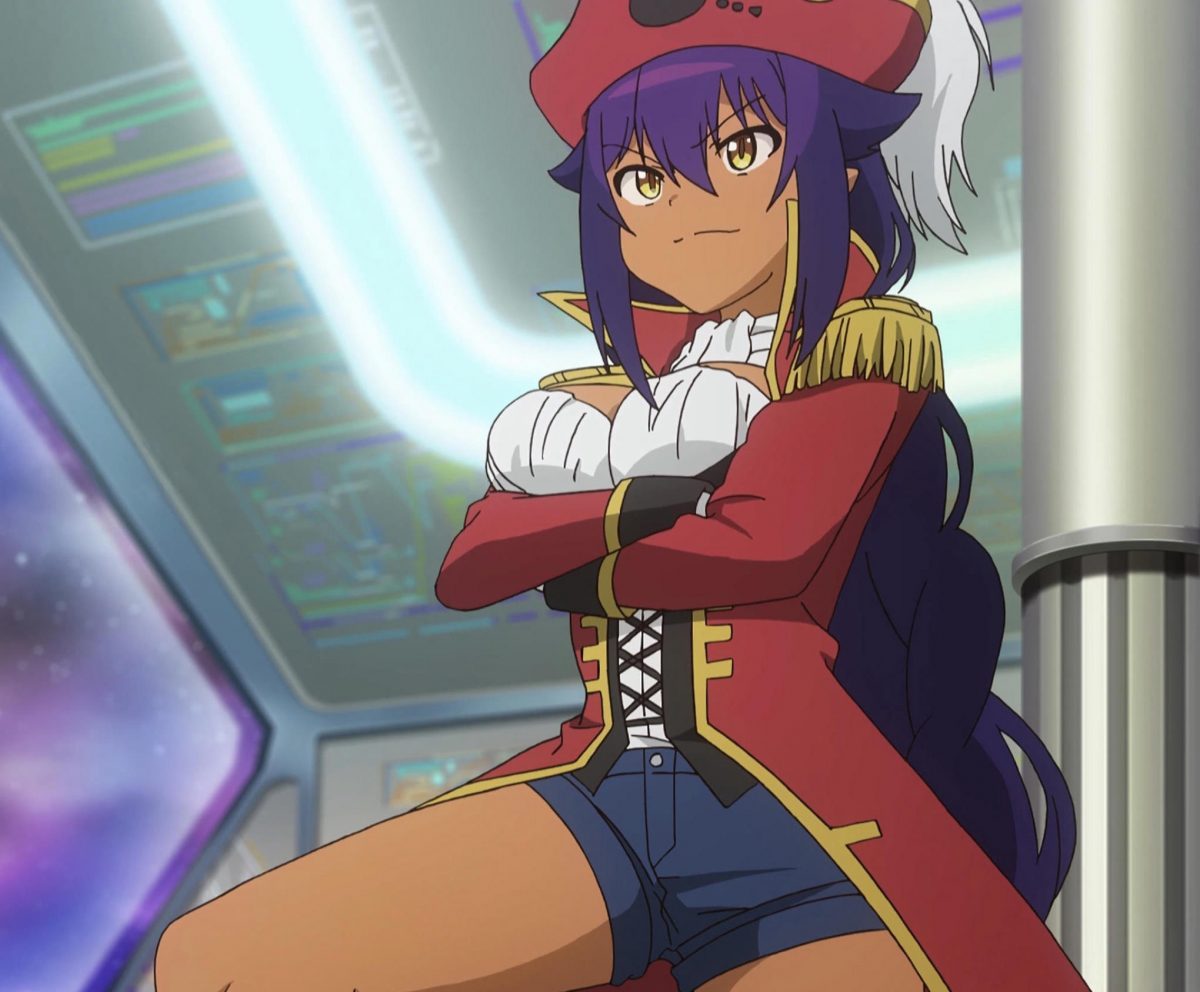
This isn’t the first time manga piracy has been widely discussed. Manga artist Ken Akamatsu, creator of Love Hina and Mahou Sensei Negima!, appeared before the Japanese Diet and argued for stronger laws protecting manga publishers and creators, and I wrote a post exploring the various reasons why fans sometimes turn to online distribution of their favorite comics. Some of the reasons piracy of manga is more damaging today than it was in the past include
- Weekly and monthly manga anthologies are published without delay, robbing creators and publishers of demand for tankoubon format books.
- Rather than poor-quality “scanlations,” manga is often ripped from super high resolution legal digital manga these days.
- While famous artists like Mr. Akamatsu might be able to get by financially, manga piracy is especially damaging to up-and-coming artists who will give up their dreams before they’re able to build a big enough fan base.
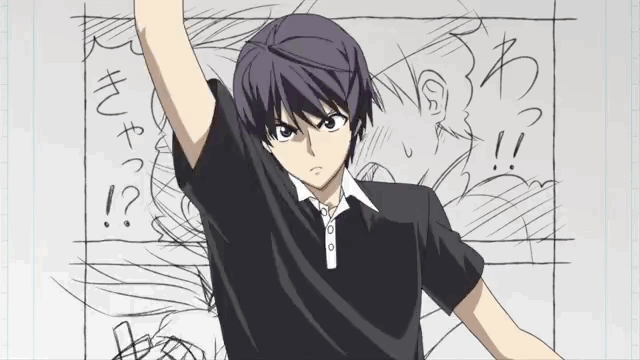
How do Manga Artists Get Paid?
If you’ve read my various posts on the super-low salaries of anime creators, you probably won’t be surprised to find that the compensation of manga creators and their assistants is extremely low, too. Manga artists are generally paid a per-page “manuscript fee” of around $50, meaning that the creator of an average work whose work gets compiled into your favorite monthly manga anthology only receives $1500 for a 32-page contribution, which he must use to pay his assistants. He must also feed and house them, which is why a lot of manga staff live in a dormitory together. The assistants endure these poor conditions because they hope that one day they will be able to get published and be called sensei.
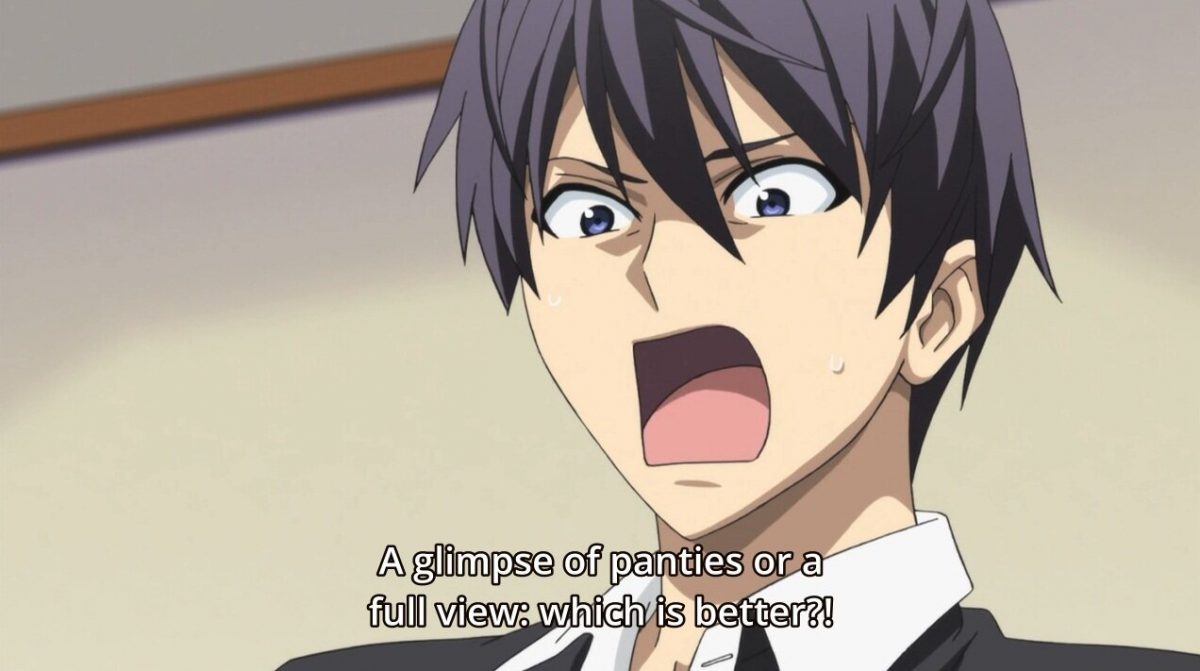
Naturally, this is the basic manuscript fee for the average published artist. Famous artists will obviously make much more. At the top of her popularity, Queen of Manga Rumiko Takahashi received $3000 per page, netting her a cool $96,000 for each weekly chapter of her works which appeared in each weekly issue of Shonen Sunday.
There are several ways for manga artists to find financial success. First is through the royalties they receive from published tankoubon manga, which is very, very good if you’re able to create something like One Piece of Kimetsu no Yaiba. When an anime or live-action version of a work gets green-lit, the artist gets a nice payday from that. And increasingly, established artists find themselves self-publishing, either direct to platforms like Amazon Kindle or going the doujinshi route, which can be very profitable.
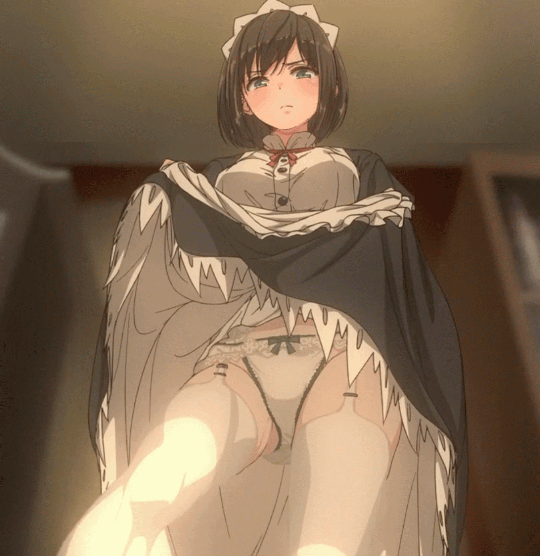
Being a businessman myself, I love it when Japanese artists think outside the box and find a better way. Artist 40hara worked as an animator for a few years, and learned quickly that working in such a low-paying industry wasn’t for him. Instead he created the Iyapan series of doujinshi, working with various companies including J18 Publishing!
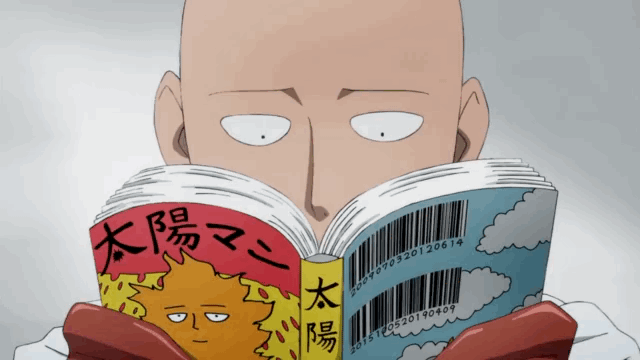
Is Manga Piracy Really Bad?
Working with many Japanese publishers and creators as J-List, JAST USA and J18 Publishing do, I’ve encountered a wide variety of creators. Some of them will say shikata ga nai (it can’t be helped) that a certain number of fans will opt to get a given creative work online for free, while others were quite upset that people were stealing their works.
One creator was especially livid that fans were taking his games and manga without compensation, but I pointed out that to be known and loved by fans who are so passionate about his art that they obtain it by any means possible, is actually an opportunity. I explained that having 100,000 people who knew and loved his art and characters means he had 100,000 potential customers, if we could succeed in bringing his works out in a format (fully translated and uncensored, and at a reasonable price) that they would be happy to support him. I’m happy to say that his Eiyu*Senki visual novels published by JAST USA have been a big success!
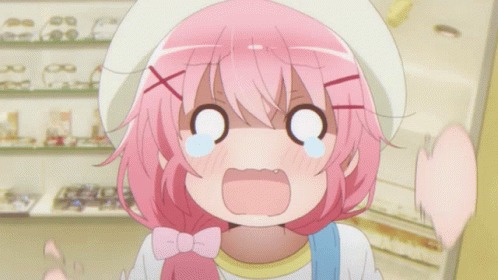
Will Legal Action Harm the Manga Industry?
One company everyone loves to hate is JASRAC, the firm tasked with patrolling Japanese copyrights and making sure that people don’t pirate JPOP music illegally. They won several legal cases and made life miserable for a few unlucky people, and have generally had a “chilling effect” the Japanese music scene. I’m sure more than a few international JPOP fans have moved on to something else since JASRAC has also done stupid things like block music videos from being viewed outside of Japan.
Comments About the New Actions Against Manga Piracy!
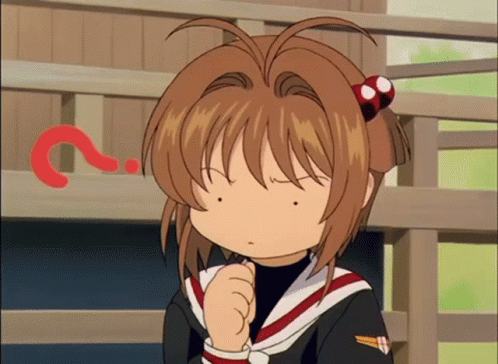
Do these publishers make it easier for people outside Japan to get manga?
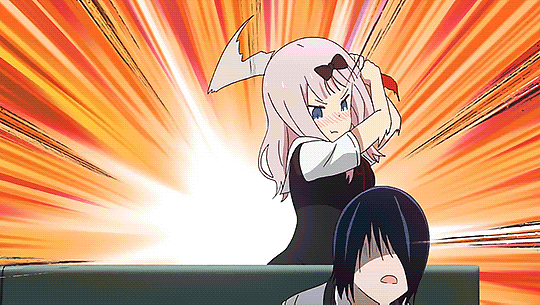
The Japanese never learn. The music industry did the same and virtually killed JPOP globally.
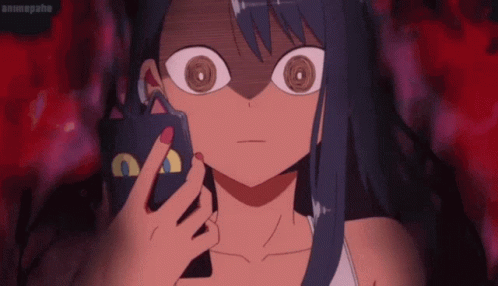
An effort is done to publish abroad more artists and soon an English version through apps etc. However, usually on each manga, only 5% of the price is going to the mangaka….only 5%!!! And assistants of mangaka are fully paid, including lunch, by the mangaka himself!
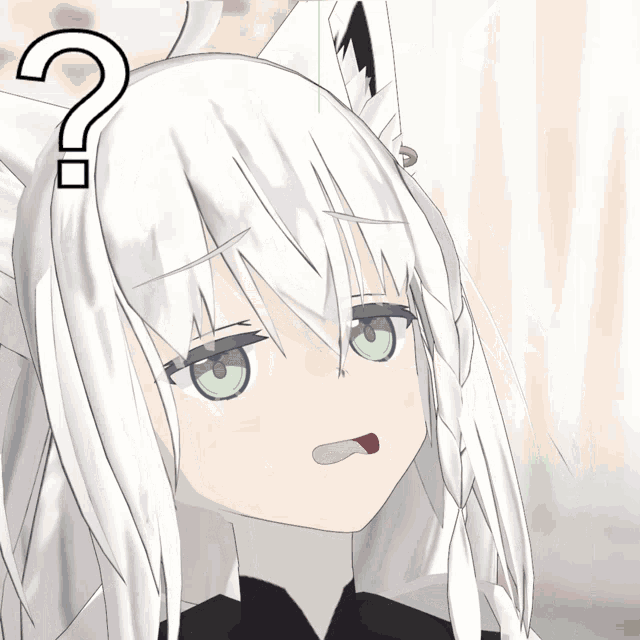
Why don’t Japanese manga artists just publish NFTs?
Thanks for reading my post about the new legal action taken against manga piracy. What do you think should be done about unlicensed distribution of manga on the Internet? Tell us below, or reply to us on Twitter!
It may be cold outside, but J-List has tons of great products that are warm and inviting… and we’re having a 5x J-List Points Sale all month long! You get J-List points with every purchase, which you can use for a discount on your next purchase. Also, DHL shipping rates will be going up on Feb 14, so get your order in before this happens!



